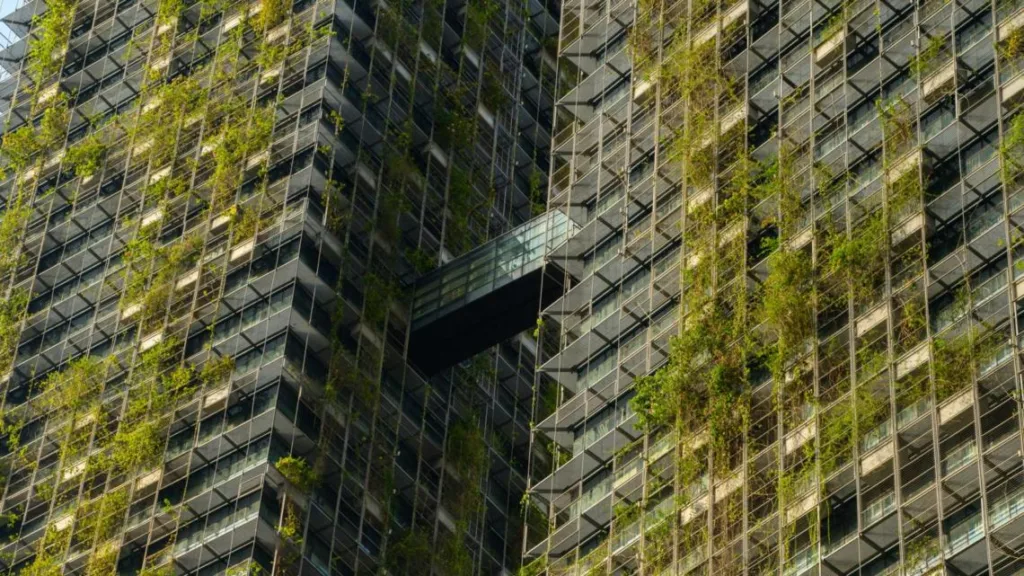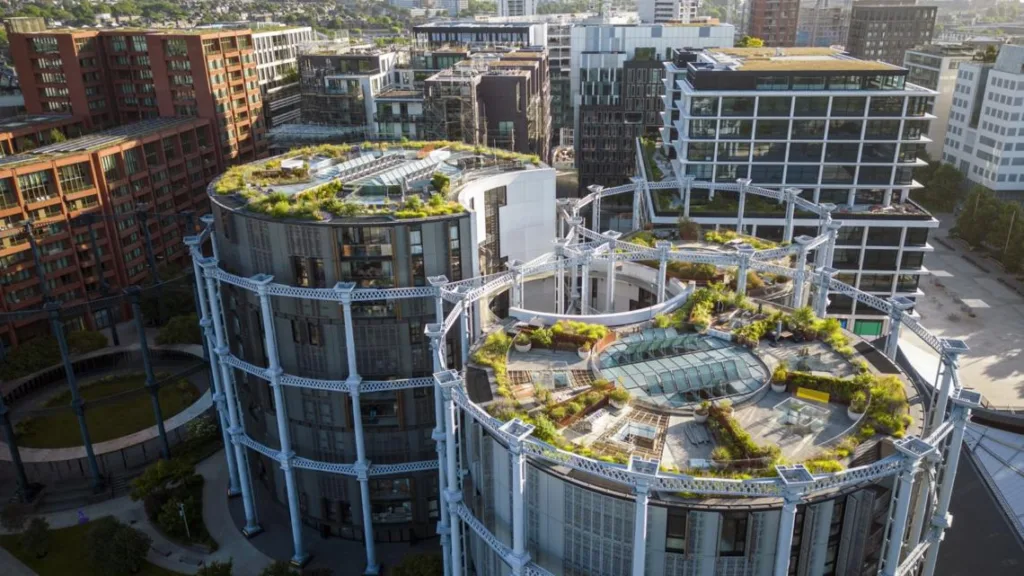Authors
Roland Hunziker
Geneva, 2 April 2020: In a time when people are asked to stay home and practice social distancing due to COVID-19, international collaboration is moving away from in-person events to online meetings. With a laptop and a camera, it is still possible to connect in real-time with colleagues across the world to ensure that sustainable development remains a business priority.
It was in this spirit that the Global Alliance for Buildings and Construction (GlobalABC) held its annual General Assembly online on 26-27 March, instead of being hosted in Berlin by the German government in Berlin as originally planned.
As co-chairs of the Steering Committee, WBCSD and the French government prepared and led the meeting, together with UNEP as host of the GlobalABC secretariat. Over 60 people called in from around the world to discuss how the global building sector can become net-zero by 2050.
A key item was the development of a theory of change for the GlobalABC to help its members agree on the key priorities and focus areas for the critical decade ahead of us. Bearing in mind the impacts from the coronavirus crisis, in the next 5-10 years, we need to dramatically bend the curve and steeply reduce CO2 emissions from the building and construction sector if we are to reach the goals set out in the Paris Agreement.
Even online, it was possible to create break-out groups and capture clear and concise feedback from all participants – in an engaging and inclusive way!
The building and construction sector accounts for almost 40% of total global energy-related carbon emissions. Today, about two-thirds of emissions come from the energy used to heat, cool and operate buildings (operational carbon), and one third from the materials and equipment used to build them (embodied carbon), with the latter becoming more important in the future.
All companies in the value chain need to work together to reduce emissions, and it is particularly important to focus on the demand side and to influence the decision-making process of why, where and how buildings are constructed as this is when the power to reduce emissions is the greatest.
In order to keep global warming to below 2 degrees, by 2030 all new buildings need to operate with net zero emissions and embodied carbon needs to be reduced by at least 40%. By 2050, all buildings need to be net zero carbon along their full life cycle.
The role of the GlobalABC is to unite all actors – governments, business, cities, the finance sector, international organizations and NGOs – around these targets and help them develop the frameworks and tools to drive action to decarbonize. In addition, the GlobalABC also investigates how the sector needs to adapt to the consequences of climate change.
The General Assembly ended with a positive spirit of all participants feeling the collective energy and motivation to exchange and collaborate despite the physical distance. One participant even estimated the total CO2 saved from holding the Assembly virtually to 140 tons of CO2, but remarked that the “personal touch” was missing.
Plans were firmed up to raise the profile of the building sector at the COP26, which in light of the global effects of COVID-19 has been postponed to 2021. Nigel Topping, the High-Level Climate Action Champion of the UK government, assured his full support for the building sector to get strong visibility in the Global Climate Action Agenda. He lauded GlobalABC for being a model for how to bring together all stakeholders in a sector to drive collective and concerted action.
WBCSD’s next steps will be to publish the Building System Carbon Framework to provide a common language to companies along the full value chain to decarbonize as well as the SBT guidance which will serve as a resource to companies to set their own targets. WBCSD will also focus on the influence of the real estate, finance and investment sectors, as well as cities, to drive the demand for low-carbon construction.
WBCSD news articles and insights may be republished in accordance with the Creative Commons Attribution-NonCommercial-NoDerivatives 4.0 International Public License, and in accordance with our Privacy Policy. All Content must be featured with due credits.
Related
Content

Building a global action agenda for built environment market transformation
5 October, 2023

WBCSD and FIDIC sign collaboration agreement to accelerate the transition to sustainable infrastructure
3 April, 2023

Embodied building emissions can be reduced by 50% – WBCSD & Arup to tell property developers at MIPIM
16 March, 2023

